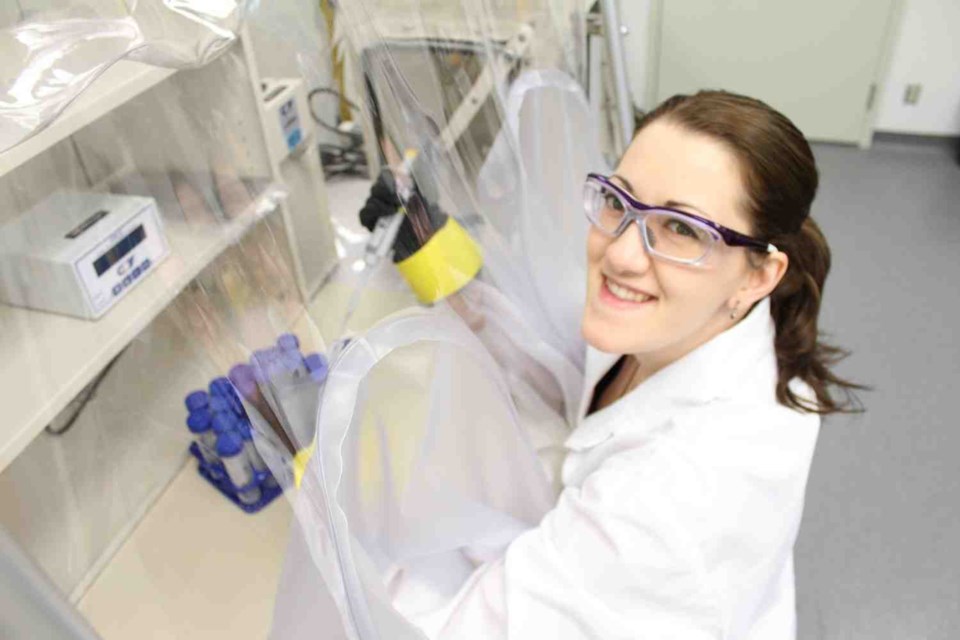SASKATOON — Hemorrhagic stroke, where a weakened vessel in the brain ruptures, can lead to permanent disability or death. Across the globe, over 15 million people are coping with its effects.
A study by researchers from the University of Saskatchewan (USask) and Curtin University in Australia has moved us one step closer to identifying when the bleeding associated with a hemorrhagic stroke starts – critical information for improving patient outcomes.
Time is of the essence when it comes to stroke; the sooner doctors can start treatment, the better the odds they can limit damage.
Using the at the Canadian Light Source at USask, the team examined brain tissue samples with a special technique called Fourier-transform infrared imaging. The researchers were led by Dr. Lissa Peeling, a neurosurgeon at the Royal University Hospital and an Associate Professor in the Department of Surgery at USask.
The novel approach enabled the researchers to identify changes in the brain specific to hemorrhagic stroke.
Dr. Jake Pushie, a member of Dr. Kelly’s and Dr. Peeling’s research team at USask’s College of Medicine, said the combination of the beamline and infrared imaging made it easy to detect markers of brain damage caused by hemorrhagic stroke.
“In a sense, this is giving us ‘superhuman vision’ to look at these brains and map out what’s happening metabolically,” said Pushie.
With synchrotron technology, the team could see where a bleed originated and the extent of oxidative damage it caused – something impossible to do with a microscope or traditional approaches to imaging. Their findings in Metallomics.
Armed with this new approach, and a better understanding of what they are looking for, Pushie and colleagues will now go back through their extensive “library” of stroke tissue samples to gain a clearer picture of the speed at which oxidative damage begins to ramp up.
The team’s findings could eventually enable doctors to use clinical imaging – such as MRI or CT scans – to pinpoint where, and how long ago, a hemorrhagic stroke occurred in the brain.
Miranda Messmer is another member of the team who was a USask undergraduate research student with the College of Arts and Science at the time of the study and will be a graduate student with the USask College of Medicine in the fall.
Messmer said knowing when bleeding has started can provide clinicians with a clearer picture of the time window they have to act.
“Being able to understand what is going on biologically, when we see any kinds of changes in the clinical images, could help doctors provide better care when it comes to minimizing the tissue damage associated with stroke,” said Messmer.





